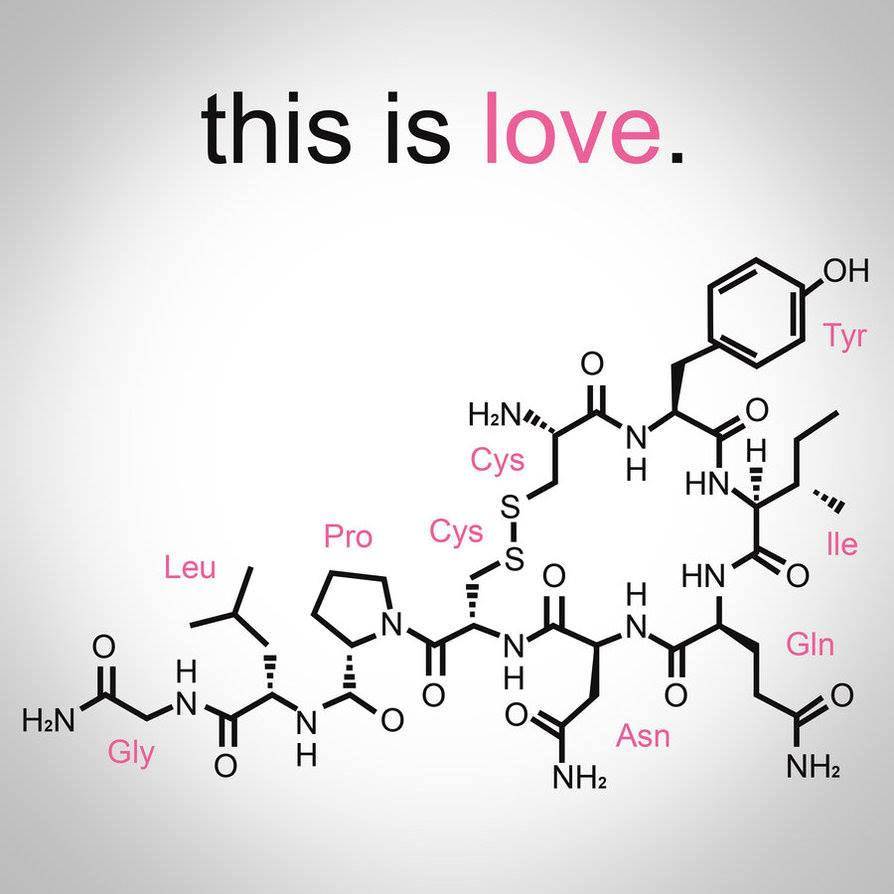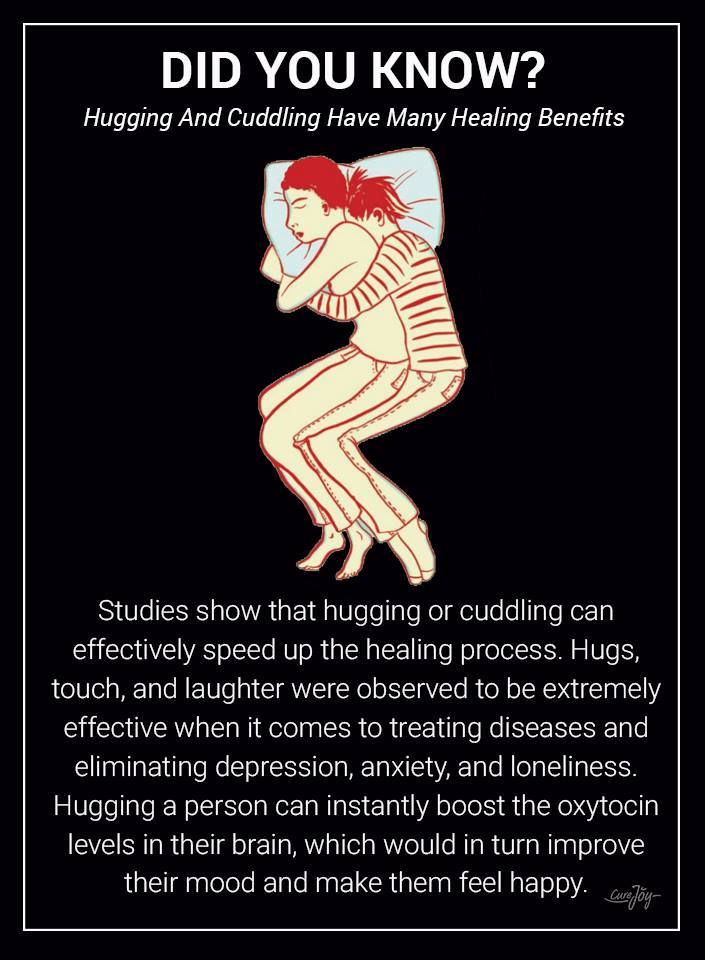Cuddles Are A Balm For Loneliness
If you’ve heard that cuddles bring physical and emotional and benefits, but want to know what exactly those benefits are, how to get them, and what cuddling means, you’ve come to the right place.
Cuddles release Oxytocin. Oxytocin is often referred to as the cuddle hormone becausee it’s released by our bodies in response to – and also promotes – positive and pleasurable feelings. Oxytocin’s main purpose seems to be to aid childbirth, but our bodies release it in response to a wide variety of experiences. Exercise, for example, or listening to music, or, as we’ll explore, the simple act of welcome human touch.

Cuddles involves physical touch – hugging, holding hands, or embracing. Physical touch stimulates nerve receptors in the skin, sending signals to the brain that trigger the release of oxytocin. The physical warmth and comfort of cuddles can enhance feelings of security and relaxation. This sense of safety and well-being is associated with the release of oxytocin.
Oxytocin is a neuropeptide produced by the hypothalamus and released by the pituitary gland. It plays a crucial role in social bonding, intimacy, and emotional connections, among other things.
The Cuddles Feedback Loop
One of the most powerfully positive effects of cuddles is the way that the pleasurable feelings supported by the release of oxytocin reinforces the positive effect of cuddles, which helps guide us toward bonds with others. This is due to the close connection between the oxytocin and stress response systems in our bodies. For example, when we cuddle, the increased levels of oxytocin in our bodies reduces stress and lowers levels of cortisol, a stress hormone. When stress levels are reduced, oxytocin levels tend to increase. Closeness and cuddling bring pleasure and less stress, which makes it easier for us to trust, and so more able to enjoy emotional closeness. Oxytocin is often released in response to these positive social experiences, these positive social experiences lead to trust and closeness, which releases more Oxytocin. It’s a beautiful cycle.
In order for this cycle to work however, it’s crucial that the touch be welcome. If we our bodies respond fearfully to the touch of others, then it’s cortisol, not oxytocin, that our bodies will release. In this way, the flipside of the positive feedback loop of oxytocin is a negative feedback loop of cortisol. If we fear others, we aren’t able to trust, and so aren’t able to enjoy closeness and the benefits of bonding and cuddles. Because both positive and negative feedback loops are equally powerful reinforcers of pre-determined emotions, we often need the help of others to disrupt the negative loops. One of the most agonizing ironies of the human condition is that we are least able to ask for help when we need it the most.

Cuddles are no cure-all. They may be a balm for the wearied heart, or an ointmnent for the ache of our souls, or an unguent for the itch for human touch, or a salve for the strain of reaching for closeness. They’re no poultice, however, so whatever you do don’t mix cuddles with spit and rub it in wounds 🙂
In seriousness, wanting to help, and/or wanting help are only the first steps in finding closeness with others. Making ourselves available for either is the part we can control. The rest is up to the other humans we hope to bond with. Which is simply to say that cuddles can’t be forced on the unwilling, or demanded because we want them. Rather, they are a remedy for the stresses and anxieties of modern life, available to those who want them and want to give them. If you want cuddles, or want to cuddle, start with humans you know and trust. But if you happen to find those in short supply, as many of us do, then look next to cuddling groups, or professional cuddlers in your community. There are resources out there for you.